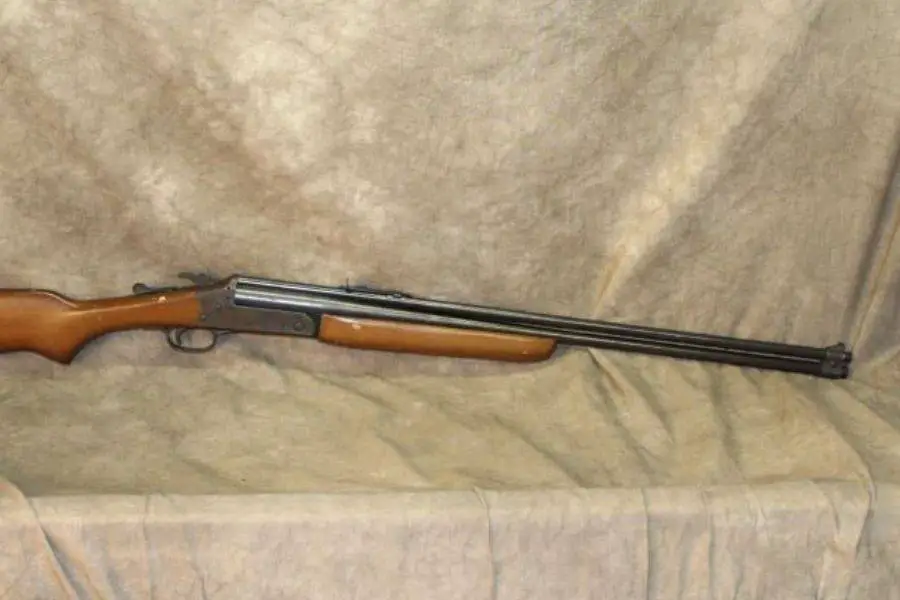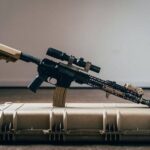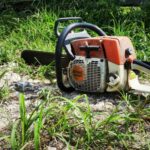Table of Contents
The Winchester XPR is renowned for its durability, precision, and affordability, marking its place as a choice rifle among hunting and shooting enthusiasts.
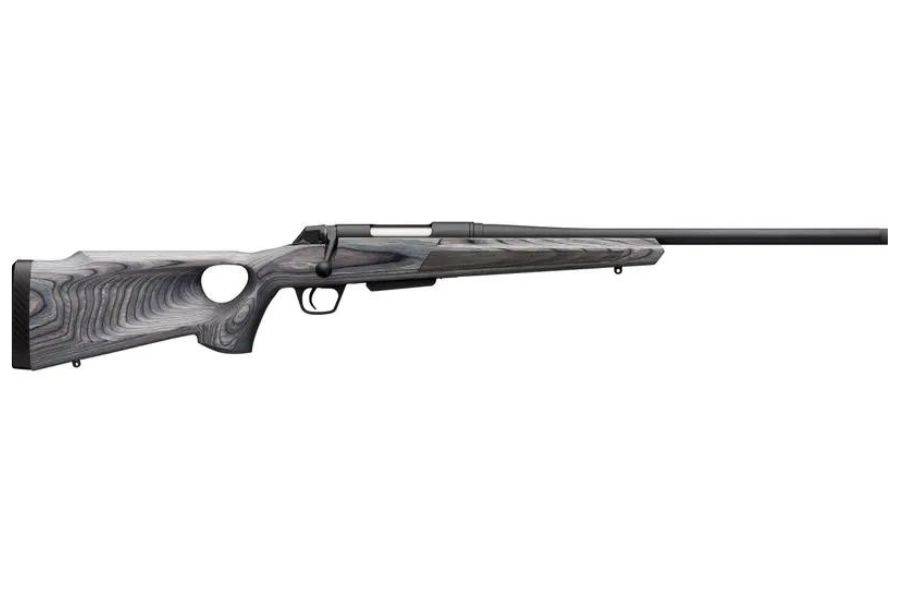
However, even the most reliable firearms encounter issues, and the XPR is no exception.
This expanded article aims to shine a light on additional common problems while providing a deeper examination of previously discussed issues, offering a more comprehensive insight into the challenges faced by XPR owners.
Trigger Mechanism Issues
Safety Engagement Difficulty
Users frequently report the safety mechanism being either excessively stiff or unexpectedly loose.
This inconsistency poses a significant concern, especially under high-stress conditions where fast reaction times are critical.
A tight safety can impede quick disengagement, while a loose safety may inadvertently engage at an inopportune moment, both scenarios potentially compromising the shooter’s efficiency and safety.
Inconsistent Trigger Pull
Variability in trigger pull weight is another notable concern. A trigger that feels heavier or lighter than expected can disrupt a shooter’s rhythm and accuracy.
Such discrepancies may stem from manufacturing tolerances or the gradual buildup of debris within the trigger assembly, suggesting that regular cleaning and, if necessary, professional calibration might be required to ensure consistent performance.
Bolt Operation Challenges
Stiff Bolt Lift
A considerable number of users have expressed difficulties with a stiff bolt lift, which complicates the action’s operation and can hinder rapid successive shots.
This stiffness often originates from factory lubrication hardening over time or accumulation of grit and residue in the bolt tracks.
Regular maintenance and appropriate lubrication are recommended to mitigate this issue.
Misalignment During Cycling
Cycling misalignment, where the bolt does not smoothly return to its ready position, disrupts the firearm’s reliability.
This problem can be exacerbated by warped bolt components or misaligned action screws, necessitating a thorough inspection and possible professional adjustment to ensure smooth operation.
Feeding and Ejection Complications
Magazine Feeding Issues
Intermittent feeding problems from the magazine into the chamber are a source of frustration for many. These disruptions can range from delayed feedings to complete failure to chamber rounds.
Proper magazine maintenance, including spring tension checks and feed lip inspections, along with using manufacturer-recommended ammunition, can improve feeding reliability.
Ejection Failures
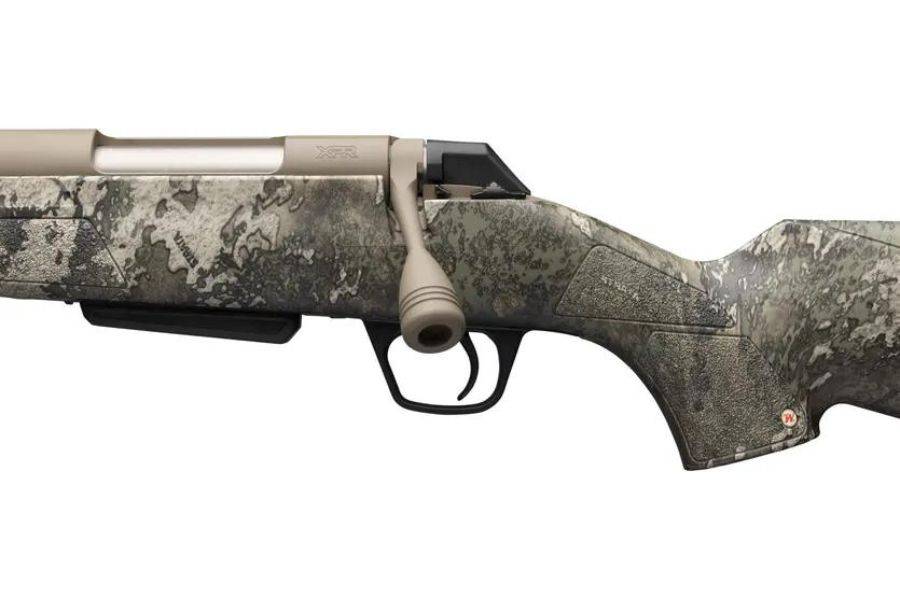
Inadequate ejection of spent casings, leading to jams and operational delays, is often attributed to issues within the ejection mechanism itself, such as misaligned ejectors or weakened springs.
Regular inspection and replacement of worn components can help maintain a smooth ejection process.
Accuracy Concerns
Factory Scope Mount Stability
The stability of factory-provided scope mounts has come under scrutiny, with reports of mounts loosening over time.
This instability can significantly affect accuracy, particularly in long-range shooting scenarios.
Frequent checks and the application of thread-locking compounds, or investing in higher-quality aftermarket mounts, can offer a solution.
Barrel Harmonics and Precision
Barrel harmonics, referring to the vibrations produced upon firing, can influence bullet trajectory and, consequently, shot precision.
Variations in barrel thickness, length, or material quality may contribute to these effects.
Shooters might consider aftermarket barrels or barrel dampening devices as potential remedies to improve accuracy.
Maintenance and Wear
Difficulty in Disassembly
The complexity and stiffness associated with disassembling the XPR for routine maintenance have been points of contention.
Familiarization with the disassembly process, coupled with regular practice, can make maintenance less daunting and more efficient, ensuring the longevity of the firearm.
Premature Wear Indicators
Signs of premature wear, particularly on high-contact areas like the bolt face and inside the chamber, can signal the need for immediate attention.
Regular cleaning and inspection, along with timely parts replacement, are key to preventing premature wear from escalating into more serious functional problems.
Stock Issues
Material Durability
The stock material, while designed for rugged use, has occasionally been reported to fall short in terms of durability and resistance to extreme environmental conditions.
Applying protective finishes or exploring aftermarket stock options made from more resilient materials can enhance durability.
Comfort and Ergonomics
The ergonomics and comfort of the stock have received mixed reviews, particularly concerning long-duration use.
Aftermarket stocks or modifications such as adjustable cheek rests and recoil pads can significantly improve shooting comfort and control.
Environmental Sensitivities
Performance in Adverse Conditions
While generally reliable, the XPR’s performance can be compromised in extreme weather conditions.
Regular maintenance tailored to expected environmental conditions, including the use of weather-resistant lubricants and protective coatings, can safeguard against performance issues.
Rust and Corrosion Resistance
Rust and corrosion pose risks to the XPR, particularly when exposed to moisture-rich environments without adequate protection.
Consistent application of rust-inhibiting oils and storing the firearm in a dry, controlled environment are effective preventive measures.
Additional Common Problems

Recoil Pad Degradation
Some users have experienced degradation of the recoil pad, leading to discomfort and reduced shock absorption over time.
Replacing the factory recoil pad with a high-quality aftermarket option can provide lasting comfort and durability.
Sight Alignment Difficulties
Issues with maintaining consistent sight alignment, especially with factory iron sights, have been noted.
Regular checks and adjustments, or upgrading to higher-quality sights, can help maintain consistent accuracy.
Action Screws Loosening
Action screws becoming loose over extended periods of use is another problem, potentially affecting overall firearm integrity and accuracy.
Applying thread-locking compounds to the screws or checking their tightness as part of regular maintenance can prevent this issue.
Conclusion
The Winchester XPR remains a favored choice for many shooters and hunters, prized for its blend of functionality, reliability, and value.
Awareness and proactive management of the common problems outlined above can greatly enhance the ownership experience, ensuring that the XPR continues to perform at its best.
Regular maintenance, willingness to invest in quality aftermarket parts, and attentiveness to the firearm’s needs are crucial steps in overcoming these challenges and enjoying the many benefits the Winchester XPR has to offer.


